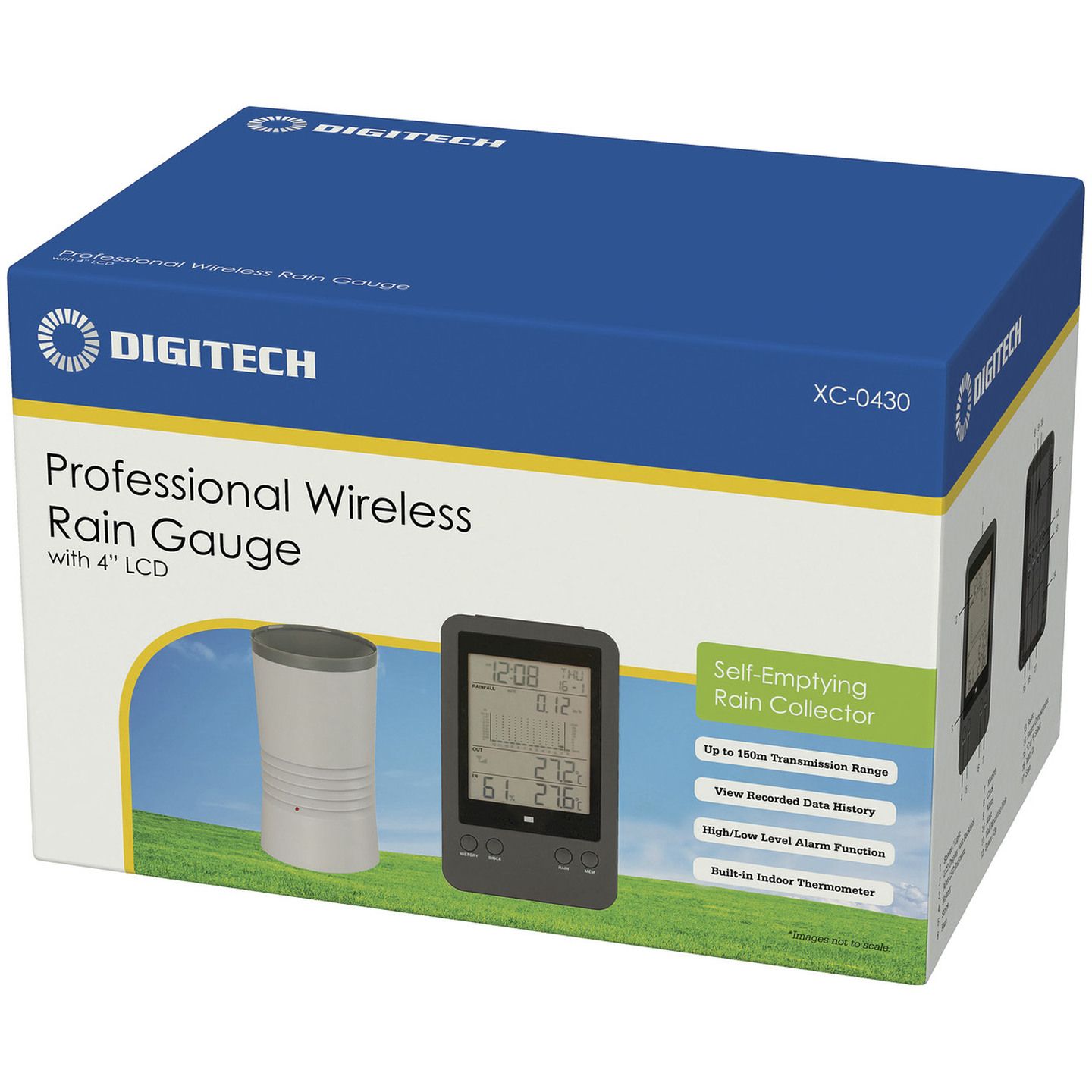Contrast the Leading Rain Gauge Versions for Accurate and Regular Analyses
Contrast the Leading Rain Gauge Versions for Accurate and Regular Analyses
Blog Article
Revealing the Science Behind Rain Determines: How These Instruments Play a Critical Function in Environment Study and Ecological Tracking
Rainfall assesses, seemingly easy gadgets, hold an extensive relevance in the world of environment research study and ecological tracking. As we peel back the layers of this scientific shroud surrounding rainfall assesses, we uncover a world where precision, information precision, and precise monitoring merge to reveal a much deeper understanding of our transforming environment and its effect on the world.
Value of Rain Gauges
Rain gauges play a vital duty in surveillance and gauging rainfall levels, supplying vital data for climate study and analysis. These devices are basic in measuring the amount of rains that takes place in a particular area over a certain duration. By determining and collecting rain, rain gauges deal valuable understandings right into the distribution and strength of precipitation, aiding meteorologists, hydrologists, and climatologists in comprehending weather patterns and patterns.
One of the crucial reasons rainfall evaluates are crucial is their capability to provide local and accurate data. Unlike satellite or radar-based dimensions, which provide more comprehensive observations, rainfall gauges deal precise info details to the place where they are positioned. This localized information is vital for different applications, consisting of flood projecting, drought monitoring, and water resource monitoring. Additionally, long-lasting information collected from rain determines helps in assessing climate modification effects and patterns, adding considerably to clinical research study and decision-making procedures. In significance, rain gauges work as crucial tools in the area of meteorology and environmental science, playing an essential role beforehand our understanding of climate and environment dynamics.
Kinds of Rainfall Gauges

Performance and Operation
In the realm of environment research and atmospheric researches, the performance of rain evaluates depend on their intricate functionality and precise functional systems. Rain gauges are made to properly determine the amount of rainfall that tips over a certain area throughout a set duration. These tools generally contain a funnel that gathers rainwater and networks it into a measuring tube. The gauging tube is noted with calibrated dimensions that permit the precise metrology of rainfall.
The capability of rain determines is based on the principle of gauging and collecting rain in a standard manner. This accumulated data is vital for recognizing local weather condition patterns, tracking lasting climate fads, and assessing environmental influences. To ensure precise dimensions, rainfall gauges requirement to be purposefully placed in open areas away from obstructions such as structures or trees that can hinder the collection procedure.
The functional facet of rain evaluates entails normal upkeep to stop debris build-up, calibration checks to keep dimension precision, and information recording for analysis (rain gauge). In general, the performance and procedure of rainfall determines are essential for gathering reputable rainfall information crucial to environment study and ecological surveillance
Duty in Environment Study
Offered the essential importance of accurate rainfall dimensions in recognizing climate patterns and ecological effects, the function of rain evaluates in climate research is essential. Rain gauges provide essential information for environment study by evaluating the quantity of precipitation that tips over a specific location throughout a provided period. This data is critical for keeping track of long-term fads in rainfall patterns, evaluating the impact of environment adjustment on rainfall distribution, and boosting climate models.

Environment scientists utilize information gathered from rainfall assesses to analyze variants in precipitation degrees, determine regional environment trends, and evaluate the efficiency of water source monitoring strategies. By contrasting historic precipitation data with existing dimensions, scientists can identify shifts in rainfall patterns, such as modifications in the frequency or strength of rains occasions. This details is vital for recognizing how climate change is influencing rainfall characteristics click here to find out more and can aid policymakers make notified choices concerning adjustment and reduction strategies.
Applications in Environmental Surveillance

In flood forecasting, rainfall scale information helps to track rainfall strength and distribution, allowing authorities to issue prompt warnings and take essential procedures to reduce flood threats (rain gauge). Dry spell tracking counts on rainfall gauge data to assess moisture levels in the soil and track precipitation find more information deficits, helping in the recognition of drought-prone locations and the application of drought response methods
Additionally, rain gauge information plays an essential role in water source administration by supplying details on water schedule and usage trends. This data is utilized to make educated choices pertaining to water appropriation, conservation measures, and lasting water resource preparation. Additionally, in farming, rainfall gauge information assists farmers in maximizing irrigation timetables, crop choice, and overall ranch management methods based upon regional rainfall patterns. In general, rainfall gauges are crucial tools in ecological monitoring, supplying important understandings that contribute to notified decision-making and lasting resource administration.
Verdict
Finally, rain evaluates are vital devices for determining rainfall, providing important data for climate research and environmental monitoring. With various types and functionalities, rainfall assesses play a crucial duty in recognizing rainfall patterns and their effect on the atmosphere. By accurately gauging rainfall, these devices contribute to the advancement of scientific understanding and aid in making informed choices pertaining to water source management and disaster preparedness.
Rainfall evaluates play an essential function in tracking and measuring rainfall levels, offering important information for environment research and evaluation. The common rain gauge, recognized as the "tipping container" scale, is one of the most generally used gadgets. Ultrasonic rain determines use sound waves to identify the existence of rain, supplying real-time data on rainfall levels.Environment researchers make use of data accumulated from rain gauges to evaluate variants in find more rainfall levels, recognize regional environment patterns, and evaluate the effectiveness of water source monitoring approaches.In verdict, rainfall evaluates are vital tools for measuring rainfall, providing useful information for climate study and environmental tracking.
Report this page